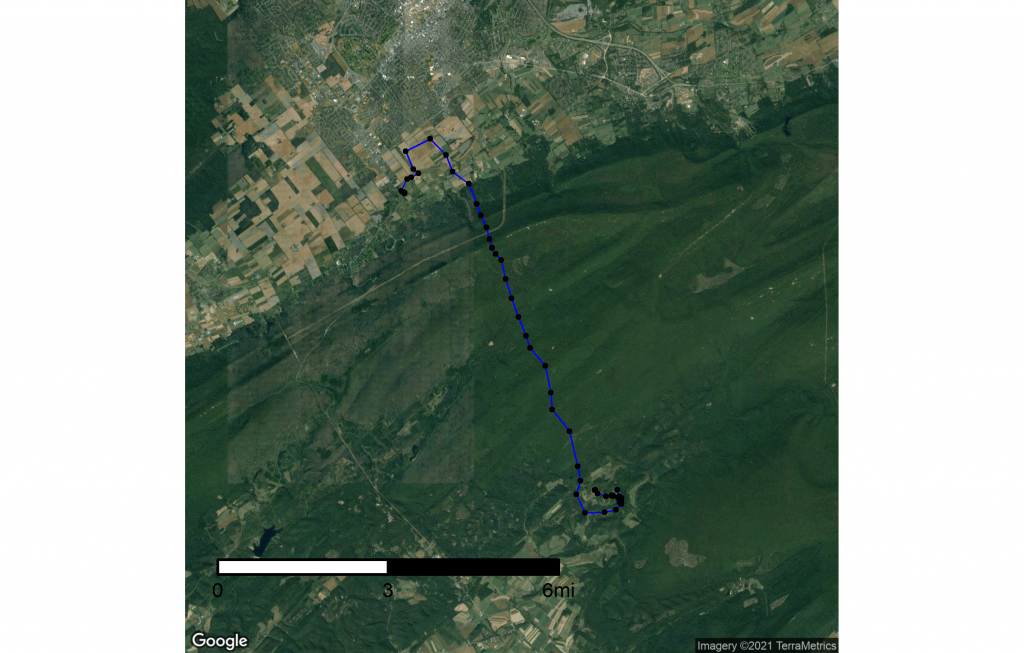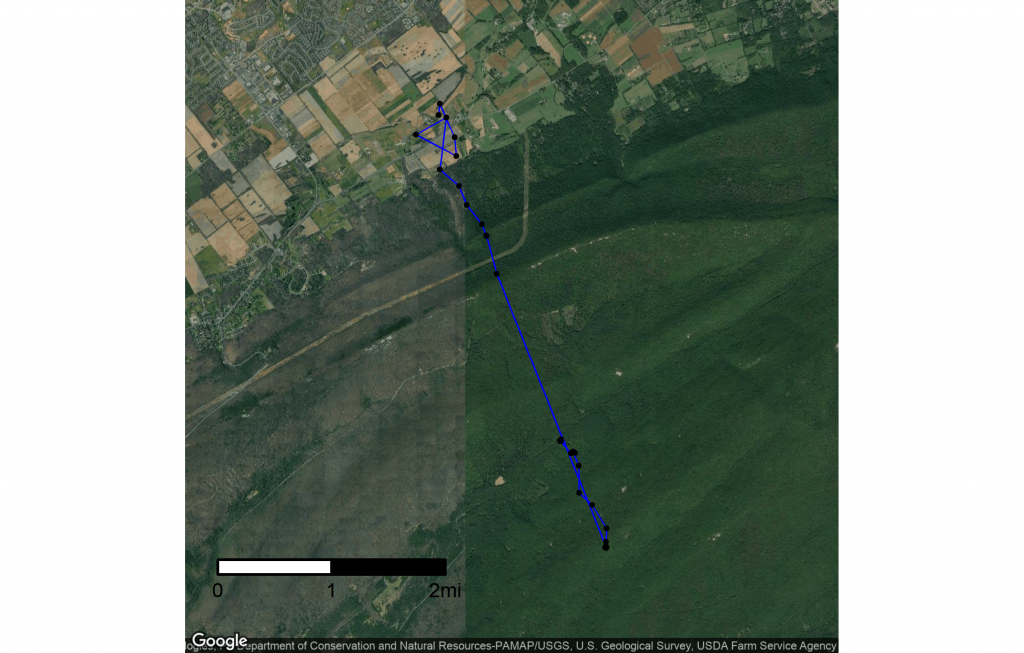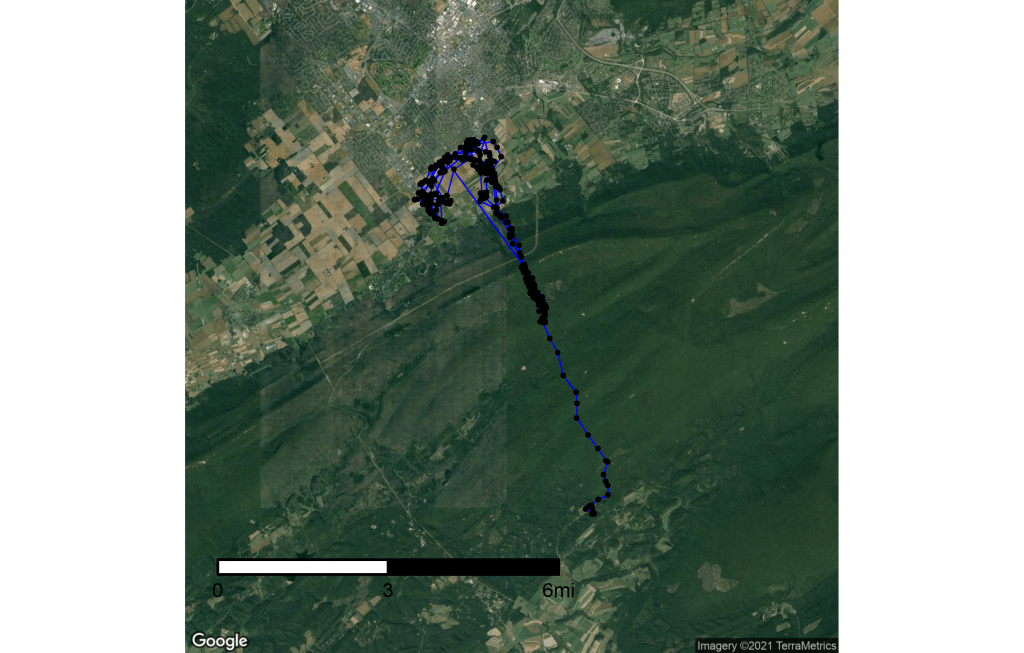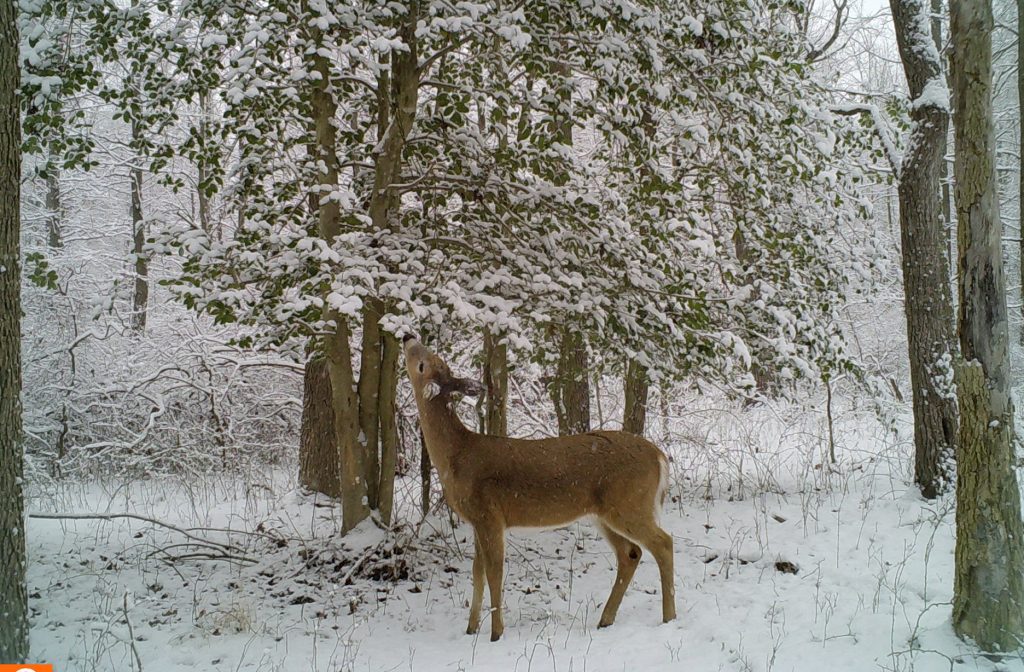If you know anything about deer, you know that fall is a very important season in their life. I know I have said it multiple times on this blog, but I can’t stress it enough – the ultimate goal of every individual on the planet regardless of species is to perpetuate their genes. Because of this selfish trait, their genes and the species as a whole benefit.
Because there is more than one way to skin a cat, there are many approaches employed to successfully reach this goal. Colonial nesting (like my fav gal Wisdom, who by the way returned again this year and hatched a chick at the age of 70 earlier this month!), harems (elk and lions), spawning (salmon), dominance hierarchies (elephants and deer…sometimes) – are all useful techniques in this endeavor.
There are also nuanced differences within a species usually based on sex. Duane and I have written what feels like endless posts on male behavior and movements during the rut. I advocate for equal time for the sisterhood, so does have had their side of the story told as well.
Here’s the cliff note version of deer breeding: Bucks roam and does stay home.
The other key factor is timing. Which is ridiculously consistent. Peak breeding for deer in Pennsylvania is mid-November. And by this date, 40% of does are bred. By the end of November, 85% of does are bred.
So what of Doe 12866? When we last checked in, she had just returned to State College from an end of summer Labor Day cookout atop the ridge…and there she stayed until November 23!
Then Doe 12866, like many Americans, decided to travel home on Thanksgiving. She left early to beat the traffic (0300) and arrived 7 hours later.

But there must have been some family drama (again similar to American Thanksgivings across the country) because she didn’t even stay the weekend. Doe 12866 left less than 24 hours later taking 2 days to return to State College. She must have needed some time to cool down.
Having second thoughts about what she said to Aunt Ginny over the candied yams, she decided to go back and apologize but realized halfway home that the annual deer hunger games were underway. Aunt Ginny’s apology would have to wait!

Doe 12866 stays in State College through December 16. Once the hunger games are over, she travels back to her state forest home range and makes amends with Aunt Ginny staying for an extended visit. On Christmas, we get one location for her back in State College. Then on January 2, she shows back up in her original home range (Duane said she must have wrapped her collar in tinfoil as there are no locations to track her trips).

So other than traveling for the holidays, Doe 12866 stayed in State College ALL of breeding season waiting for her various dates to arrive. This means Doe 12866’s dates were State College frat boys and not princes of the forest. Whaaaa????
We’ve seen this type of home range split before. And we’ve also seen unrelated females captured at different locations with separate home ranges travel to the same location.
Understanding the “whys” behind these movements are impossible but there are 2 important lessons here. First, state forests are not deer havens encapsulating movements or even containing them. These are not migrating deer. But there is fluidity in their movements over the landscape to areas we might not consider important. Doe 12866 will never be able to fawn in her State College maternity ward again. She expended energy to get there. Deer do not do that lightly. It was obviously important for her.
The second is disease expansion. It is no secret that chronic wasting disease (CWD) is affecting a larger portion of Pennsylvania every year. We know about dispersal, what factors affect it, and the role it can play in disease spread. But what about the Real Does of the Deer Forest Study? If Doe 12866 were infected with CWD, she just carried it 6 miles north in less than one day. Bucks may have an inflated home range for a few months of the year, but I would argue does like 12866 may have a larger impact on disease expansion than any adult buck.
Our chronicles of Doe 12866 end on January 13 just short of a year from her capture date (we dropped off her collar due to a failing battery). As far as we know, she is still alive as no one has reported her (she was gifted ear tags worth $100 when she was captured). Where she fawns now is unknown but I’d bet real money that it’s going to take more than a housing development to deter this real doe.
-Jeannine Fleegle
All Posts in this series:
The Real Does of the Deer Forest Study: The New Norm?
The Real Does of the Deer Forest Study: Pregnant and On the Move
The Real Does of the Deer Forest Study: Maternity Ward
The Real Does of the Deer Forest Study: Love and Loss
The Real Does of the Deer Forest Study: Holiday Drama and Life Lessons
